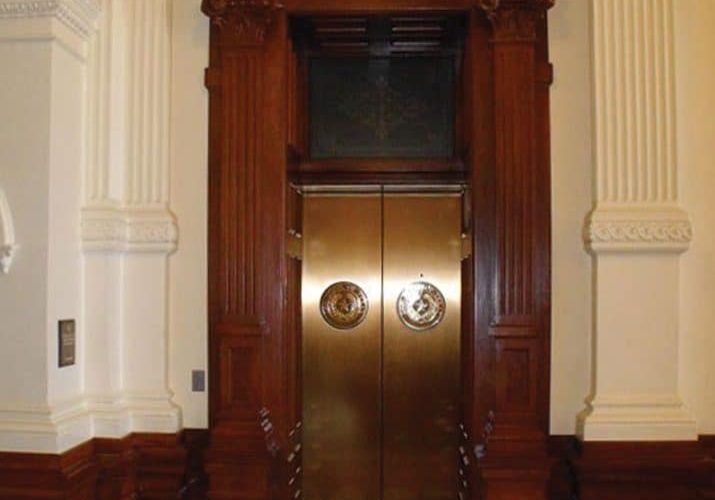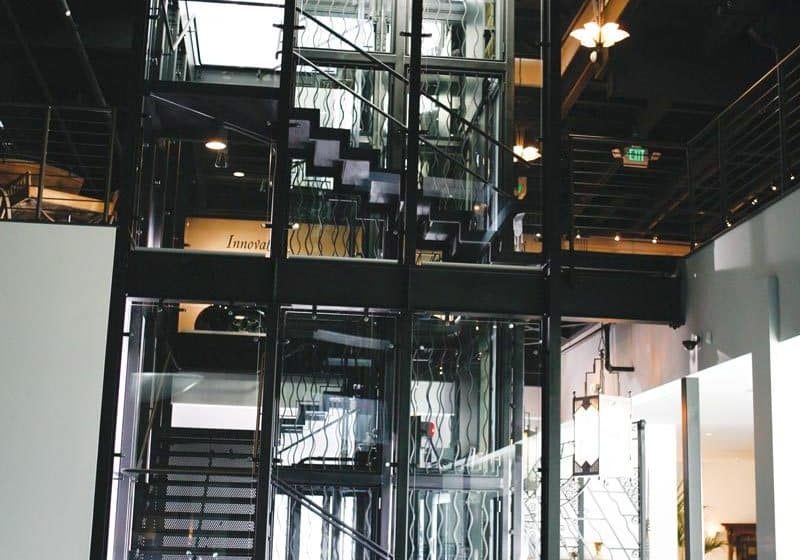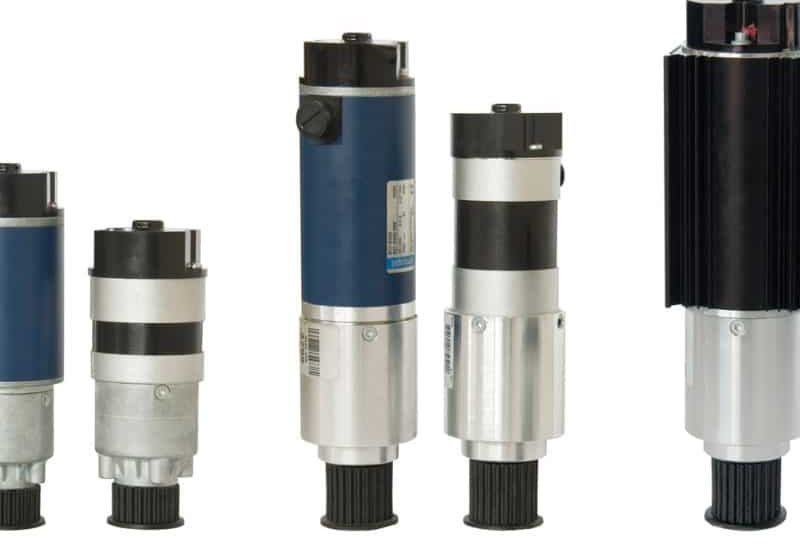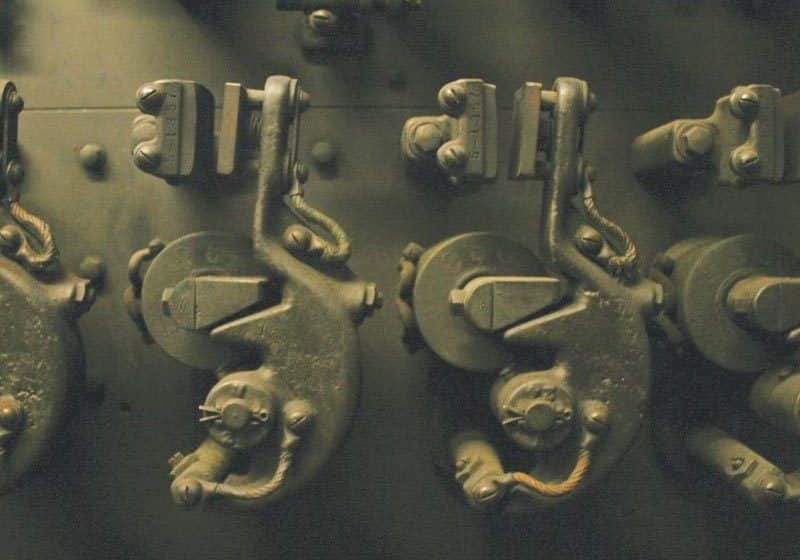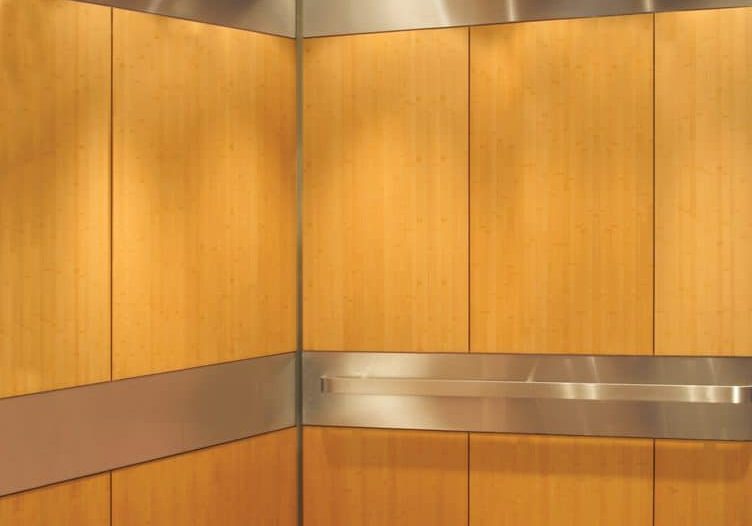Going Green inside Your Elevator Cabs – Every Little Bit Counts!
Apr 1, 2011
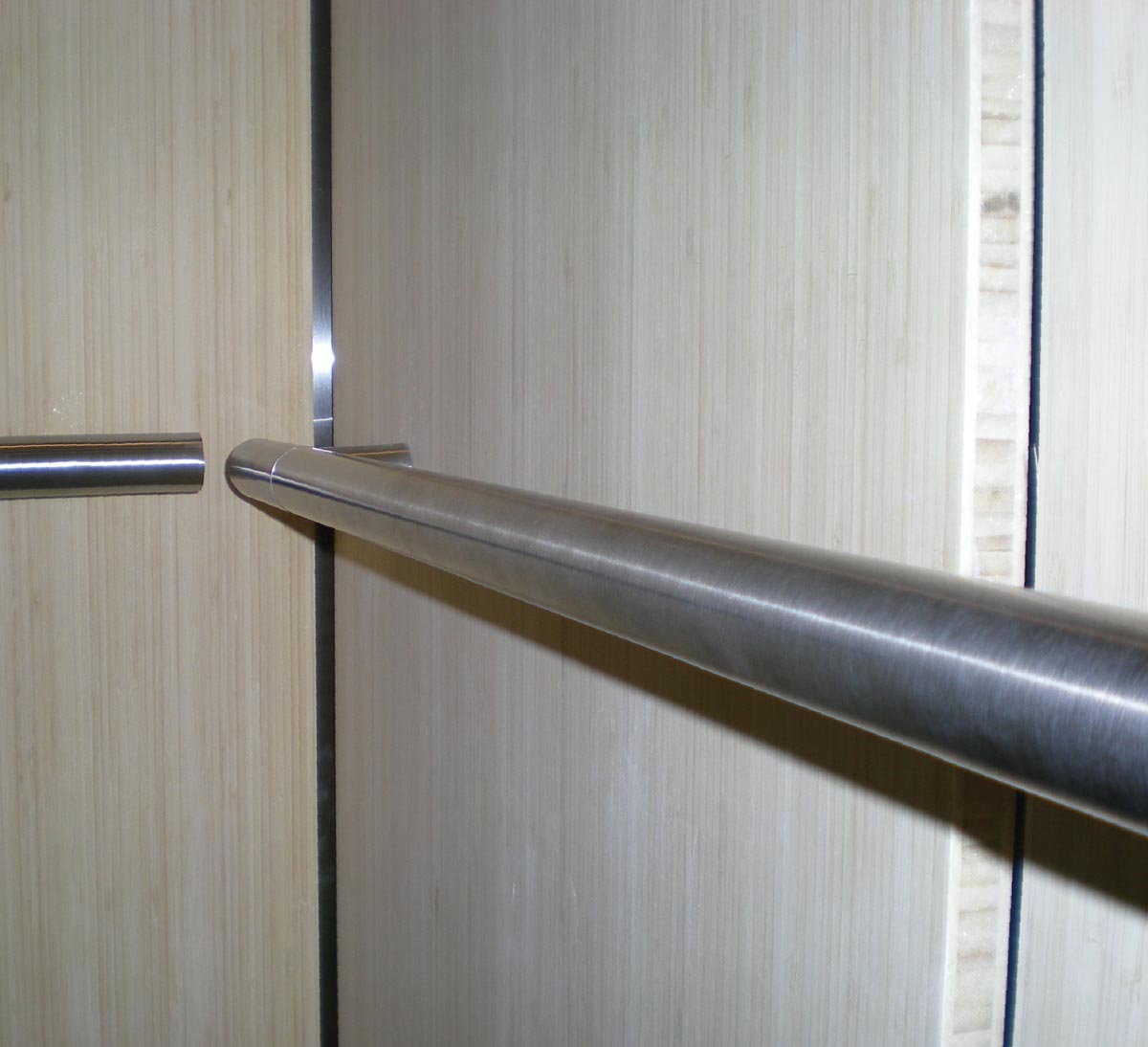
Your elevator cab interior, no matter the size, can make a difference in your ecological footprint.
You may feel that your elevator cab interior is too small to make a difference when thinking about your ecological footprint. However, just thinking about it is a great beginning, and every little bit counts!
With a physical footprint of less than 30 square feet and approximately 125 square feet of wall space (not to mention the fire/smoke-rating requirements of materials used), the typical elevator cab does present some obstacles to “going green.” However, it is important to remember that these hurdles are not insurmountable and certainly worth your focus.
The design stage of a cab renovation project represents fertile ground on which to review sustainability. This is the time when: 1) the primary material choices will be explored; 2) feasibility in terms of structure, weight and fire rating will be studied; and 3) preliminary pricing will be discussed and reviewed in light of basic budget constraints. It represents a point of maximum flexibility. If your cab renovation is part of a larger project seeking the U.S. Green Building Council’s Leadership in Energy and Environmental Design® certification, it is essential to coordinate early on in order to take advantage of any synergies that may exist in an effort to maximize the whole.
Glass, stone, metal, wood, bamboo, recycled plastics, paper and even natural derivatives of sustainable plants can be used in an elevator cab. As long as the material meets flame spread and smoke development ratings (and the overall solution is not prohibitively heavy), it can go in your cab. But not all panels are alike.
Take the most common panel installed today – a plastic laminate glued to a fire-rated, wood pressed core product (e.g., plywood or flake core, generally 3/4-inch thick) with a laminated backer to control moisture flow. Most clients are not aware of the availability of core materials made from either recycled materials or renewable resources. In addition, the adhesives used in the manufacturing of these green core products are certified not to contain urea formaldehyde. Some plastic laminates are also certified for indoor air quality. Finally, there are adhesives available without volatile organic compounds, which can be used when laminating to the core during final panel production. Cab Solutions, LLC prides itself on keeping abreast of available green products and evaluating the cost and quality impact of their use.
Upgrading the lighting in a typical elevator cab does represent an area for substantial improvement with regard to reducing energy usage. Take, for example, a typical elevator drop ceiling utilizing incandescent bulbs versus a Cab Solutions LED downlight ceiling. Replacing the old ceiling with the latter could reduce energy use by approximately 90%. At US$0.14 a kWh, that means costs to run cab lighting would drop to US$35 a year (assuming cab lights are left on 24/7). With a sleep-mode sensor, remaining usage could be cut by another 70%. There are other environmental-impact items to consider when upgrading cab lighting (like the mercury content in florescent tubes); the point is to begin thinking in a more comprehensive way. Once you have begun, it’s hard to stop.
Ripping out the materials in your old cab interior presents another opportunity for going green. Cab Solutions has been recycling since its inception, and we continue to brainstorm regarding effective ways to improve and track our efforts. One initiative currently underway is to look for more creative ways to reuse the fire-rated panels we remove from cabs, either through reversing and re-laminating the backside of an existing panel, or finding an alternative application for the used panel.
When it comes to going green, an elevator cab renovation project represents a relatively small, complicated space, but it is surprising how many little pieces there are. As is often the case with any “green” initiative, increased awareness, attention to detail, change in attitude and general commitment to an environmentally sustainable footprint will definitely make a difference. Remember: every little bit counts!
Get more of Elevator World. Sign up for our free e-newsletter.


